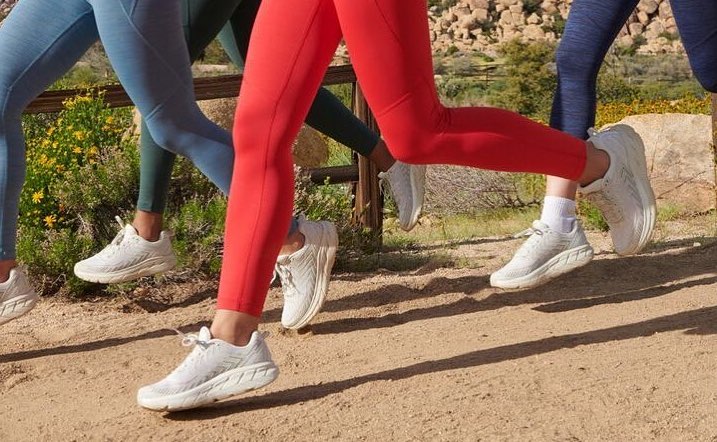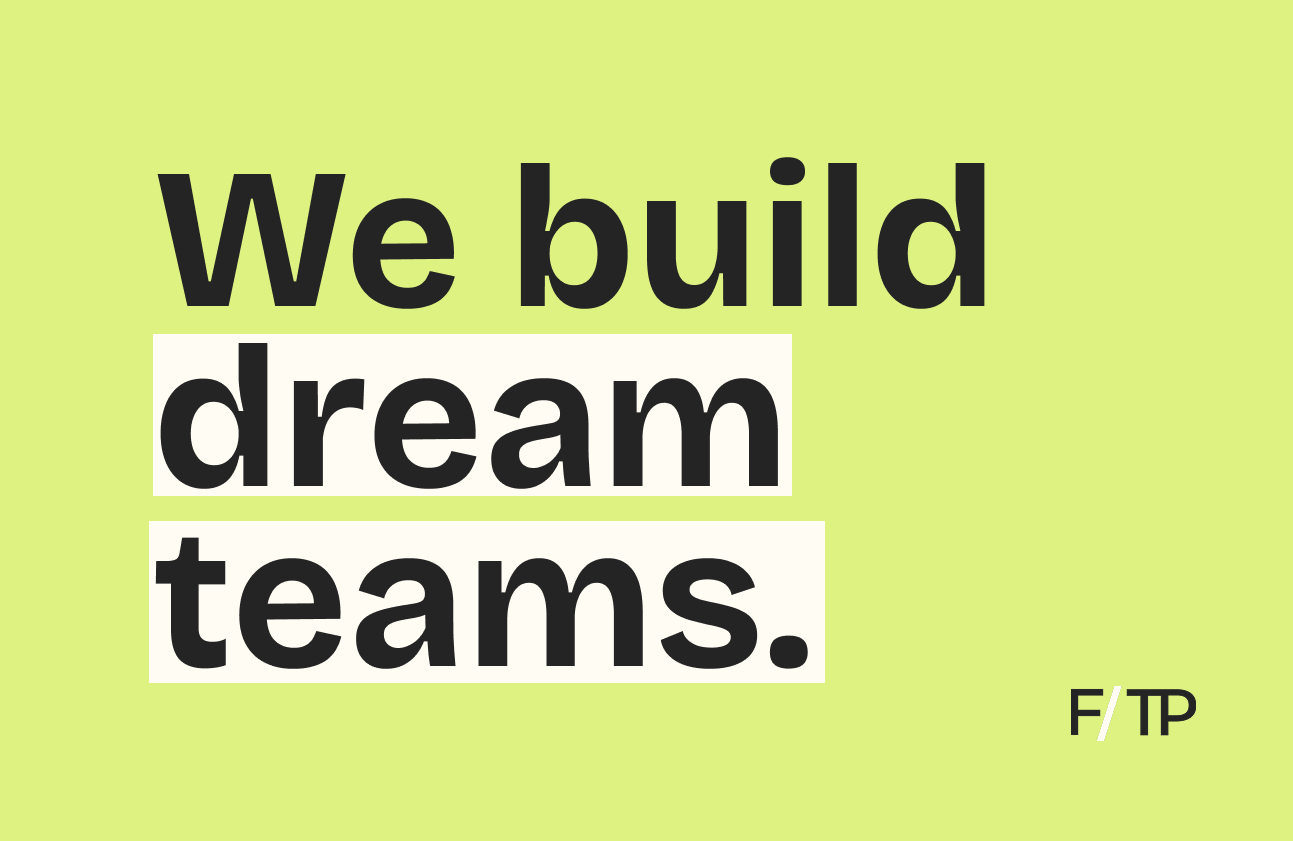Born in the mid-1990s, Gen Z is now the largest generation in America.
But for many brands, their habits and preferences can be mystifying.
From wellness to mental health and sustainability, today we’re exploring Gen Z’s perspective and influence on the future of well-being.
The Zoomer Effect
As Gen Z (sometimes referred to as Zoomers) comes of age amidst a global pandemic, health and wellness are unsurprisingly top of mind.
- 91% of Gen Z report physical or psychological problems due to stress, and they are more likely than any other cohort to have gone to therapy.
- 72% say they view healthy eating as an integral part of both their physical and mental health.
- 60% believe that the pandemic’s single most important effect on society will be taking care of one’s health.
But “health and wellness” means something different to this generation than it did to others.
Previously, health was dominated by clinical science, a “white coat era” deemed necessary to establish credibility and trust for consumers. Millennials then ushered in a “natural era,” an expansion of wellness into alternative care options beyond primary care.
Now, Gen Z is changing the game once again.
While they piggyback on millennials’ views of holistic health, Gen Z was raised under political and economic turmoil, meaning they’re more pragmatic than their idealistic elders. That is, they integrate health and wellness into their day-to-day life but, as digital natives, will heavily vet the brands they select into their routines.
Further, they are happy to leverage the latest tech to support their health, instinctively adopting everything from connected fitness to wearables. And unlike their privacy-protecting predecessors, Gen Z grew up with apps and are more willing to trade data for convenience.
Reaching Gen Z
Notoriously ad-averse, Gen Z are quick to dismiss dated marketing attempts as “cheugy” or insincere. Beyond getting their attention, brands must work to establish trust and credibility with a consumer that is both savvy and skeptical.
So, what actually works?
Stoke the digital campfire. Gen Z has flocked en masse to “digital campfires” like TikTok, Discord, and Slack, online micro-communities where experiences are shared and discussed.
Tapping TikTok. 49% of users purchase a product after seeing it on TikTok. Notably, ads here feel more organic, and Gen Z appears to welcome even sponsored content within the platform:
- Facing competition from DTC brands, mattress manufacturer Simmons teamed up with TikTok creators to launch a hashtag, #snoozzzapalooza, amassing 6B views and a 107% boost in traffic to its site.
- Mental health app Breathwrk has capitalized on TikTok’s “Jump” feature, which allows content creators to link to third-party content like the platform’s breathing exercises.
- Activewear brands like Fabletics drove down VIP member acquisition costs by 15x, while Australian-based The Athlete’s Foot generated 8.5M impressions for its shoe launch.
Welcome to the club. Taking it a step further, brands have found success creating private group chats to dialogue with customers.
- For its virtual summit, Goop used Slack to provide product recommendations, send exclusive discount codes, and facilitate questions.
- Sunscreen startup Everyday Humans uses a Slack-like app called Geneva to discuss skincare advice with consumers and provide behind-the-scenes brand info.
- On the hiring side, Chipotle hosted a “virtual job fair” on Discord over the summer, attracting 4,000 attendees and receiving over 24,000 applications.
Dig into DIY. Gen Z is one of the most creative and entrepreneurial generations ever, and brands that promote participation, personalization, and even co-creation are striking a chord.
In particular, beauty brands have leaned into digital campfires that double as focus groups. Viewing health as both looking good and feeling good, Gen Z is all-in.
- Glossier credits its Slack group with helping co-create one of its top-selling products.
- Kinship taps a group of Gen Zers for input on things like logo, typography, and beta product testing.
- Glow Recipe hosts a private “Glow Gang” Instagram account, which it uses for sampling and product feedback.
Other campfires to consider: Snapchat (the platform reaches over 90% of 13–24-year-old Americans), Clubhouse, Pinterest, VSCO, and IMVU.
Keep it real. Gen Z craves honesty, and they’re also more open to discussing difficult topics. Putting an ironic, aesthetic spin on what was previously taboo, this attitude has driven a “Great Destigmatization” of sorts:
- Sexual wellness is seeing a renaissance, with Maude, Cake, and Dame all cashing in.
- Not one to shy away from blood, Gen Z is reimagining menstrual care with brands like Aavia and TOP.
- On the beauty side, acne brands like Starface and squish. are Gen Z mainstays.
The Principled Consumer
For Gen Z, authenticity doubles as a filter. This generation encounters more brands than ever before, says Sonia Nigam, CEO of Change:
“With plug-and-play platforms like Shopify and organic marketing tools like TikTok, it’s never been easier to jumpstart an online brand… that means consumers have the luxury of choice.”
Rich with options, Gen Z buys based on principles rather than price, picking products that are ethical, sustainable, and authentic.
They eat clean foods, tend to their mental health, and seek brands that resonate with their principles. Health and wellness brands are taking note:
- Championing mental health and the “Power of She,” Athleta’s partnerships with Simone Biles and Allyson Felix have drawn widespread Gen Z support.
- From fish to dairy to chicken, 62% of Gen Zers are willing to spend more money on more sustainable food. Brands like Nuggs and allplants are digging in.
- 73% of Gen Z are willing to pay more for sustainable products. This year, lululemon debuted plant-based leggings, while adidas and On Running have carved out large Gen Z followings with their eco-forward offerings.
One caveat. Brands must put their money where their mouths are when preaching authenticity — Gen Z are digitally fluent and are quick to uncover brands that miss the mark.
Looking Ahead
As Gen Z matures into mainstream buyers, some predict they will be the “most disruptive generation ever.”
Despite having some members still in grade school, Gen Z already commands an impressive $143B in purchasing power. Wielding significant sway over family purchases, their indirect influence is even larger. Over 93% of parents say their kids affect household spend.
Punchline: Across the health and wellness landscape, brands are already feeling the Gen Z impact. More than any other generation before them, this cohort is all-in on health, authenticity, and sustainability, rewarding brands that can speak their language and leaving the rest in the dust.


